MV Isle of Islay completes first round of proving trials in the Sea of Marmara, according to a press release.
The new hybrid ferry MV Isle of Islay has returned to Cemre Marin Endustri’s outfitting berth in Yalova, Turkey, after wrapping up eight days of technical trials on the Sea of Marmara that began on 22 May and concluded on 30 May.
Representatives from Caledonian Maritime Assets Ltd. (CMAL), future operator Caledonian MacBrayne (CalMac), classification society Lloyd’s Register and the UK Maritime and Coastguard Agency (MCA) rode the vessel throughout the programme to verify performance against its build specification.
The first phase focused on commissioning and calibrating the ship’s core machinery—diesel–electric propulsion motors, shaft generators, azimuthing thrusters, retractable stabilisers and the associated control software. Once system baselines were established, surveyors observed a series of speed‐runs and turning circles at the vessel’s full‐load draft. Anchor deployment and recovery cycles, endurance steaming and steering‐gear function tests rounded out the agenda, while separate sessions examined the redundancy built into the automation and bridge-navigation suites.
According to CMAL, the trial data will be folded into the vessel’s technical file and reviewed alongside class and flag-state requirements before a final certificate of class is issued. The wide-ranging checks are standard for a first-in-class ship but carry additional weight for Isle of Islay because her hybrid arrangement combines large-capacity lithium batteries with conventional engines—a configuration intended to reduce fuel burn and emissions on short island crossings.
“This is a great step forward in the build programme of the Isle of Islay. The team at Cemre are working hard to prepare the vessel for delivery. There is a great feeling of momentum following the successful completion of this first phase of sea trials,” Jim Anderson, CMAL’s director of vessels, said in the press release.
Cemre’s yard teams will now install the vessel’s battery packs and complete harbour-acceptance trials of the hybrid power-management system. A second set of sea trials—sometimes called “owner’s trials” or “verification trials”—is pencilled in for later this summer. These follow-up runs will confirm that battery propulsion, shore-charging interfaces and energy-management software perform as designed before CMAL signs the delivery documentation.
Once delivered, Isle of Islay is expected to sail west to Scotland to enter service on routes linking the Inner Hebridean islands of Islay and Jura with the mainland port of Kennacraig. CMAL has previously stated that each vessel in the Islay class will increase vehicle deck space by roughly 40 percent compared with the 1990s-built ferries currently on the route, a change aimed at easing seasonal bottlenecks for freight and tourism traffic.
The Islay-class order—placed with Cemre in 2022—forms part of a multi-vessel, multi-yard replacement initiative that CMAL says will modernise an aging west-coast fleet while advancing the Scottish Government’s 2045 net-zero target. Alongside hybrid-electric propulsion, the new ships incorporate shore power connections, waste-heat recovery for onboard services and hull forms optimised for lower resistance at service speed.
With the initial sea-trial hurdle now cleared, CMAL, CalMac and Cemre Marin Endustri say they remain focused on delivering the remaining construction milestones on time and on budget.
The next round of testing, and the performance of the newly installed batteries in particular, will determine how quickly MV Isle of Islay transitions from yard number to working ferry.


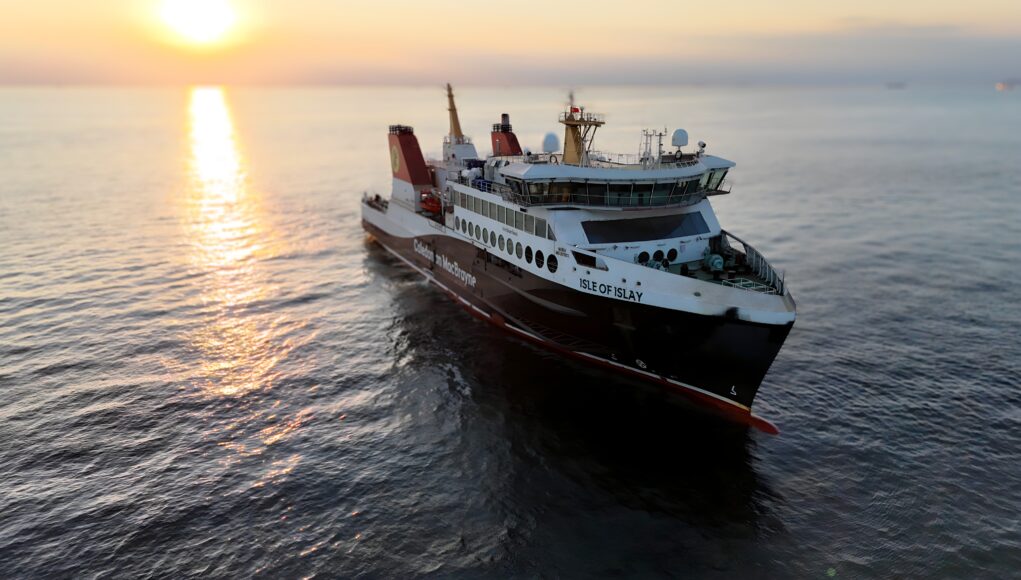


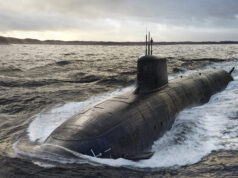
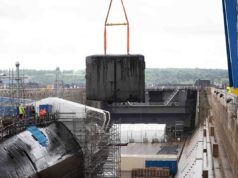

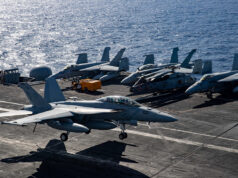
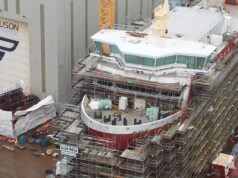
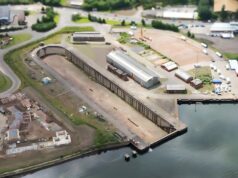
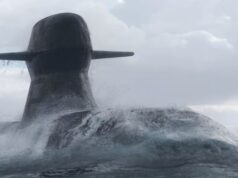
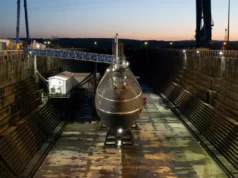

What does this have to do with UK defence?
SNP ordering Ferries from Turkey instead of Scottish Yards gets highlighted by UKDJ because the SNP cried so much about loosing work share when they went from building 13 Frigates in Glasgow to building 8 Frigates in Glasgow and 5 Frigates in Rosyth, and used it as a “Westminster betrayal” line for years, only to turn around and place shipbuilding orders in Turkey.
And which Scottish yard would build those ferries in the timeline required?
When the order was made Rosyth hadn’t started working on T31. Ferguson. Hell even BAe would have probably been able to fit a ferry in between the two yards they’re using for t26.
Because Scotland is home to those who own and manage this UK Site.
“Now we’re talking Turkey”.
More red meat desperate stuff from George.
Yes, but in order to get the work the yard has to bud for it. I think I’m correct in saying that none of them did!